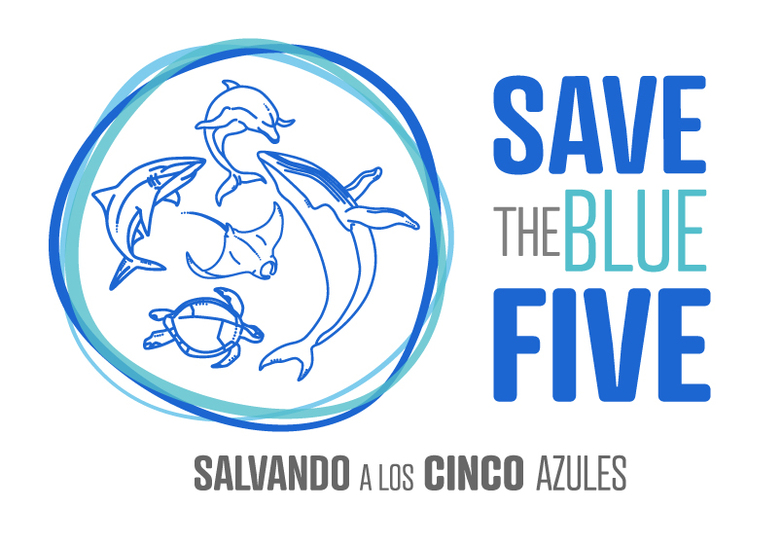Save the Blue Five: protecting marine biodiversity in the South-East Pacific
Save the Blue Five – Regional approach to protect migratory marine megafauna in the South-East Pacific Region (SEPR)
-
Commissioning Party
German Federal Ministry for the Environment, Nature Conservation, Nuclear Safety and Consumer Protection (BMUV)
-
Country
Ecuador, Costa Rica, Columbia, Peru, Chile and Panama
-
Lead executing agency
More
-
Overall term
2023 to 2028
-
Other Stakeholders
Conservation International, MarViva
-
Products and expertise
Climate, environment, natural resource management
Context
The South-East Pacific Region (SEPR) is home to the Blue Five (whales, manta rays, sharks, dolphins, sea turtles), a marine megafauna that migrates vast distances and across national borders. The ocean and these species are under threat from the effects of climate change, illegal fishing and poor regional management. Previous measures have been limited to setting up national marine protected areas (MPAs) and coordinating research. The planning required for effective regional marine conservation, coordinated decision-making between countries and sustainable fisheries is not yet in place. As a result, the population of these species, biodiversity in general and thus the food source of many people in the region is declining.
Objective
Neighbouring countries in the South-East Pacific Region coordinate their efforts on regional marine protection and contribute to the protection and sustainable use of marine biodiversity through conservation of the Blue Five.

Approach
The project supports the coordination and integration of marine conservation measures in the SEPR over an area of two billion hectares. It is working with Ecuador, Costa Rica, Colombia and Peru in cooperation with the Permanent Commission for the South Pacific (CPPS), Conservation International and MarViva.
Activities include policy coordination and comprehensive cooperation, knowledge building on marine biodiversity, long-term funding for marine conservation, and training and support for stakeholders operating in the private sector, academia and government.
All participating countries receive support in meeting their national, regional and international commitments in respect of climate change, biodiversity and implementing the 2030 Agenda.
Last update: June 2023






